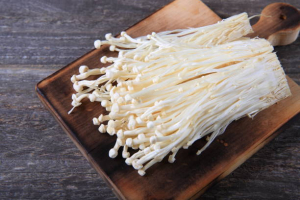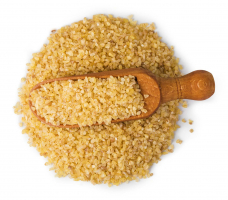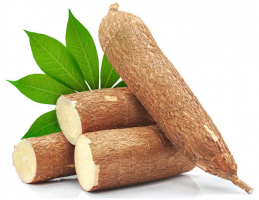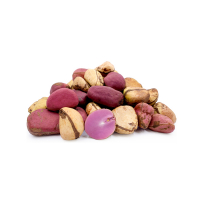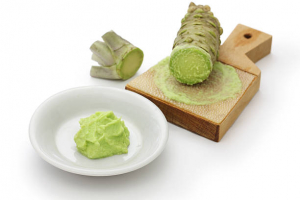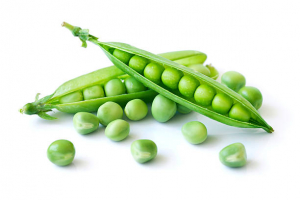Top 7 Health Benefits of Buckwheat
Contrary to what its name would imply, buckwheat is neither a cereal nor a wheat-based food. It is a rhubarb-related fruit seed that grows on the buckwheat ... read more...plant, sometimes known as beech wheat. Despite being a seed, it is mostly utilized as a grain since it has a lot of fiber, complex carbs, and few calories. A plant source that is high in nutrients and devoid of gluten, buckwheat may provide several advantages. Here are the best health benefits of buckwheat.
-
Buckwheat's major nutritional component is carbohydrates. Protein, minerals, and antioxidants are also included. Buckwheat has a significantly higher nutritional value than many other grains. The following are the nutritional values for 3.5 ounces (100 grams) of raw buckwheat:
- Calories: 343
- Water: 10%
- Protein: 13.3 grams
- Carbs: 71.5 grams
- Sugar: 0 grams
- Fiber: 10 grams
- Fat: 3.4 grams
Buckwheat is mostly composed of carbohydrates, which account for around 20% of the weight of boiling groats. They are in the form of starch, which is the predominant storage form of carbohydrates in plants. Buckwheat has a low to the medium glycemic index (GI), which measures how rapidly a food raises blood sugar after a meal and should not cause dangerous blood sugar rises. Some soluble carbohydrates found in buckwheat, such as fagopyritol and D-chiro-inositol, have been proven to help decrease blood sugar spikes after meals.
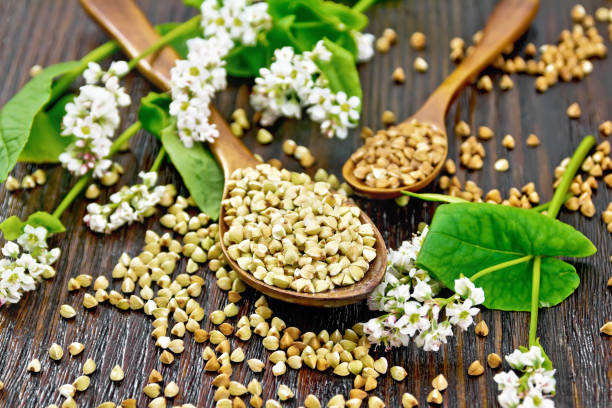
High in nutrients 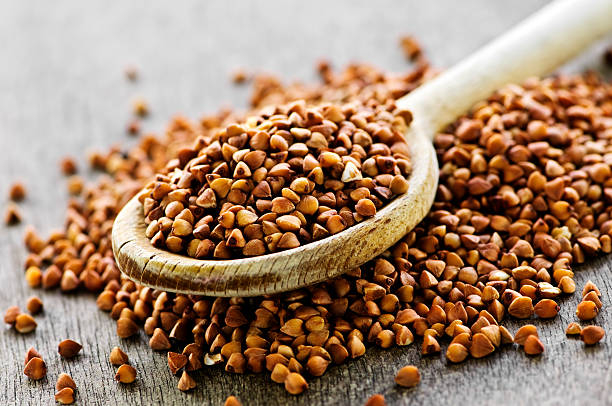
High in nutrients -
Buckwheat has a high fiber content that your body cannot assimilate. This vitamin is beneficial to colon health. Fiber accounts for 2.7% of boiling groats by weight and is mostly made of cellulose and lignin. The husk, which covers the groat, contains a high concentration of fiber. The husk is preserved in black buckwheat flour, which imparts a distinct taste.
Furthermore, the husk includes resistant starch, which is difficult to digest and hence classified as fiber. Gut microorganisms in your colon ferment-resistant starch. Short-chain fatty acids (SCFAs) like butyrate are produced by these helpful bacteria. Butyrate and other SCFAs nourish the cells that line your colon, enhancing gut health and lowering your risk of colon cancer.
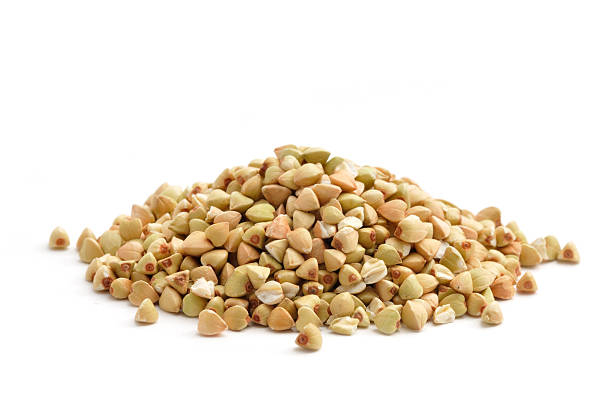
High in fiber 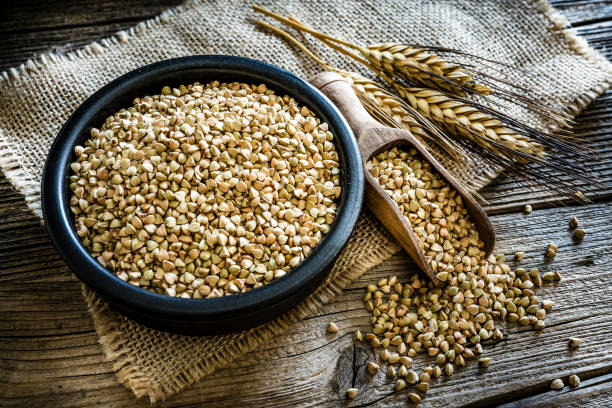
High in fiber -
Buckwheat includes a trace of protein. Protein accounts for 3.4% of the weight of boiling buckwheat groats. Buckwheat protein is of good quality due to its well-balanced amino acid composition. It has a high concentration of the amino acids lysine and arginine. However, due to antinutrients such as protease inhibitors and tannins, the digestibility of these proteins is rather poor.
A buckwheat protein has been shown in animal studies to be beneficial in lowering blood cholesterol, suppressing gallstone development, and lowering the risk of colon cancer. Buckwheat, like other pseudocereals, is gluten-free and hence acceptable for persons with gluten sensitivity.
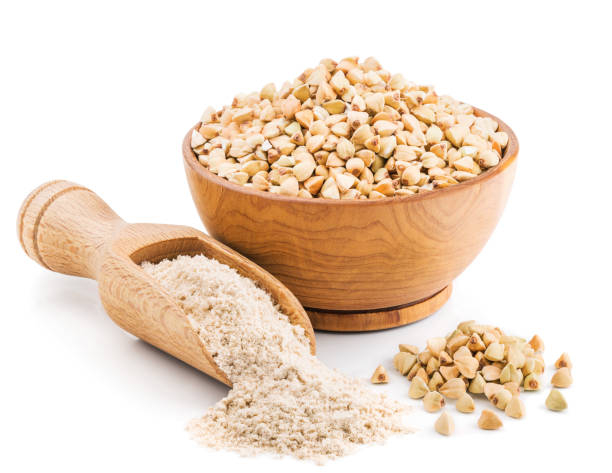
High in protein 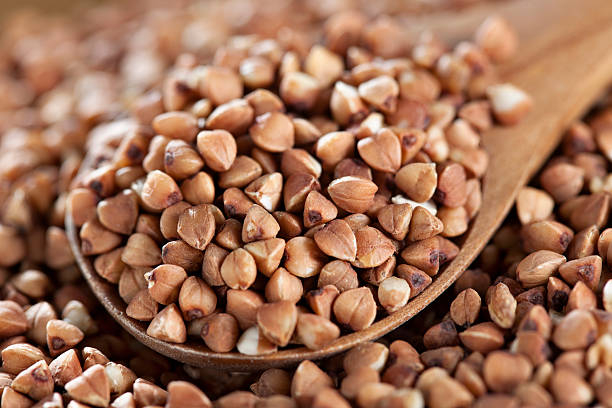
High in protein -
Buckwheat has more nutrients than several common grains, including rice, wheat, and corn. Buckwheat, on the other hand, is low in vitamins. Tartary buckwheat, the most nutritious of the two main types, provides more nutrients than ordinary buckwheat.
Manganese, which is abundant in whole grains, is necessary for healthy metabolism, growth, development, and your body's antioxidant defenses. Copper, an important trace mineral that is often missing in the Western diet, may help heart function when consumed in tiny amounts. This vital mineral, when present at appropriate levels in your diet, may reduce your risk of a variety of chronic illnesses, including type 2 diabetes and heart disease. Anemia, a disorder defined by a diminished oxygen-carrying capacity of your blood, is caused by a deficiency in this vital mineral. This mineral is necessary for the growth and maintenance of bodily tissues.

Rich in vitamins and minerals 
Rich in vitamins and minerals -
Buckwheat is high in antioxidant plant components, which account for many of its health advantages. It contains more antioxidants than several other cereal grains, including barley, oats, wheat, and rye. Tartary buckwheat has more antioxidants than normal buckwheat.
Rutin, the major antioxidant polyphenol in buckwheat, may reduce the risk of cancer as well as improve inflammation, blood pressure, and blood lipid profile. Quercetin is an antioxidant found in many plant foods that may offer a number of health benefits, including decreasing the risk of cancer and heart disease. According to animal research, vitexin may offer a variety of health advantages. Excessive consumption, on the other hand, may contribute to an enlarged thyroid. This is a distinct form of soluble carb that lowers blood sugar levels and may aid in the control of diabetes. Buckwheat is the most abundant food source for this plant chemical.
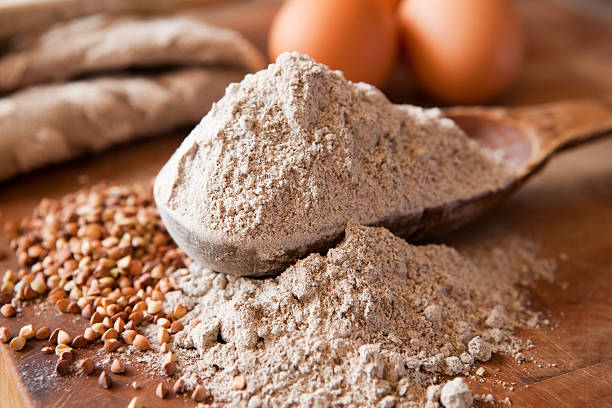
Rich in other plant compounds 
Rich in other plant compounds -
High blood sugar levels can lead to a variety of chronic conditions, including type 2 diabetes. Thus, limiting the rise in blood sugar after meals is critical for overall health. Buckwheat has a low to medium GI and is a rich source of fiber. This indicates that most patients with type 2 diabetes should be able to eat it. In fact, researchers have linked buckwheat consumption to decreased blood sugar levels in diabetics. This is corroborated by a study of diabetic rats, which found that buckwheat concentrate reduced blood sugar levels by 12-19%.
The unique molecule D-chiro-inositol is likely to be responsible for this action. According to research, this soluble carbohydrate makes cells more responsive to insulin, the hormone that stimulates cells to absorb sugar from the blood. Furthermore, several buckwheat components appear to block or delay the digestion of table sugar. Buckwheat is a healthy choice for persons with type 2 diabetes or those who wish to enhance their blood sugar balance because of these features.
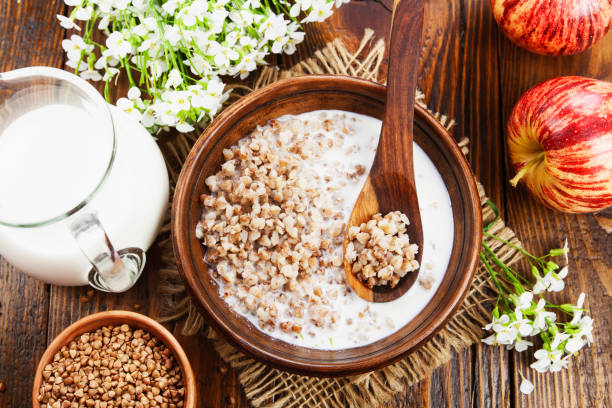
Improved blood sugar control 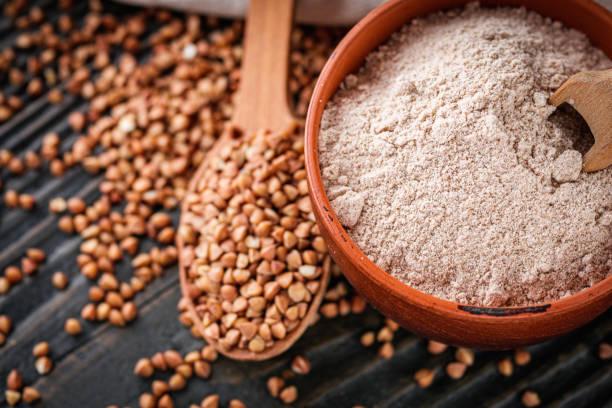
Improved blood sugar control -
Buckwheat may also be beneficial to heart health. It contains a variety of heart-healthy components, including rutin, magnesium, copper, fiber, and some proteins. Buckwheat has the highest source of rutin, an antioxidant that may provide a variety of health advantages, among cereals and pseudocereals. Rutin may lower your risk of heart disease by avoiding blood clot formation and lowering inflammation and blood pressure. Buckwheat has also been shown to enhance blood lipid levels. A low profile is a well-known risk factor for cardiovascular disease.
Buckwheat consumption was connected to reduced blood pressure and an improved blood lipid profile, including lower levels of LDL (bad) cholesterol and greater levels of HDL (good) cholesterol in a study of 850 Chinese people. This effect is thought to be generated by a protein that binds to cholesterol in your digestive tract, preventing it from being absorbed into your circulation.
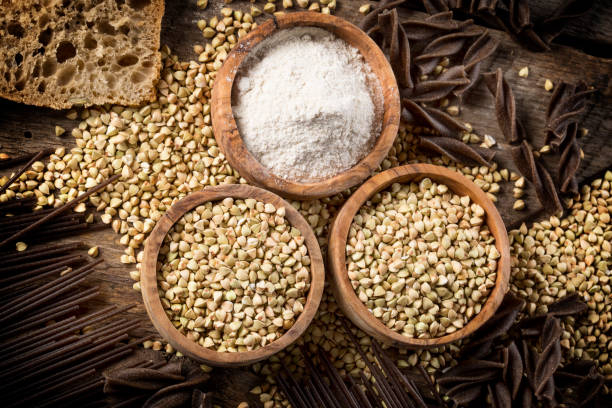
Heart health 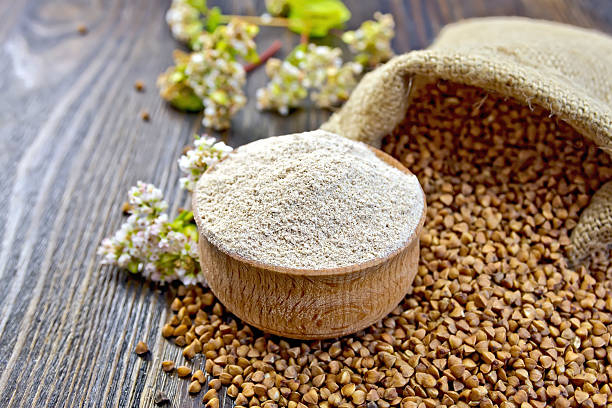
Heart health










